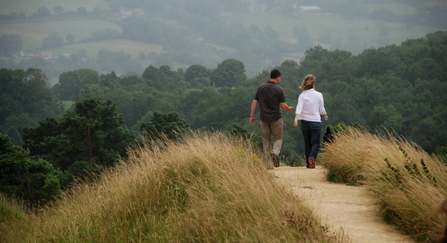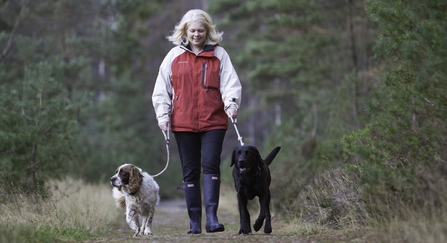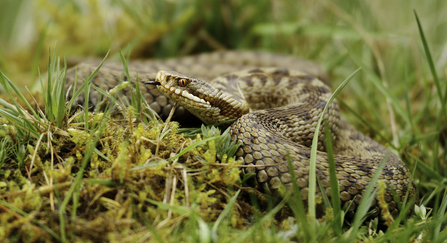Wildlife disturbance is a conservation issue that is a threat to wild animals in the UK. Disturbance essentially means causing an animal to actively escape from you by, for example, flying or running away. It could also mean trampling wildflowers or bird nests.
While causing a bird to fly away from you might not seem like that big of a deal, when it happens on the large scale that it does in our busy modern world, it can have a really damaging impact on wildlife. Let’s take a look at why some human activities can affect wildlife.






